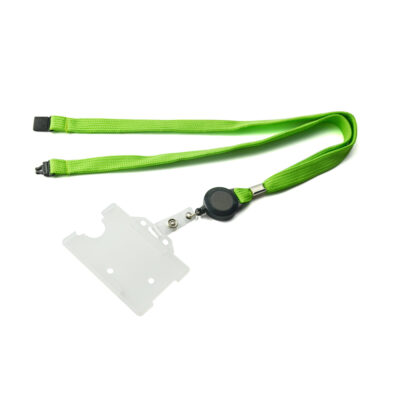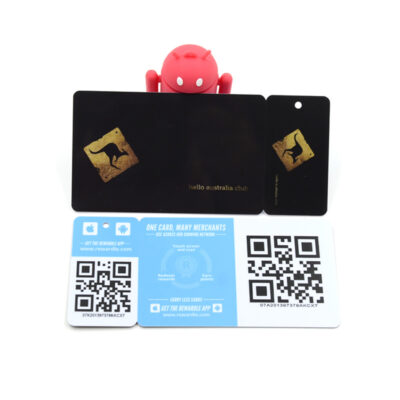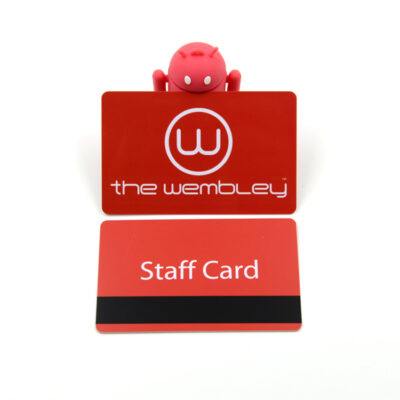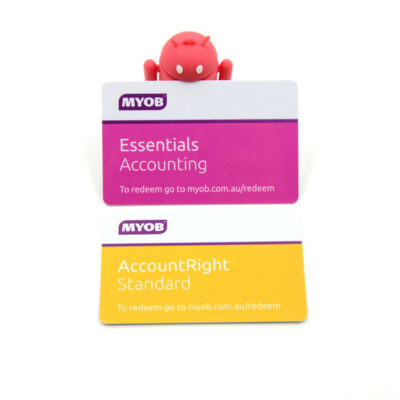Card materials can vary greatly depending on the application, but here are some common types:
- Paper or Cardstock:
Standard paper: Typically used for business cards, greeting cards and flyers. It comes in a variety of weights and finishes. Typically lighter than cardstock, often around 80 lb (216 gsm) or less.
Cardstock: Thicker than standard paper, offering durability and a premium feel. Often used for business cards and invitations. Cardstock is thicker and more durable than standard paper. The weight is usually ranges from 80 lb (216 gsm) to 110 lb (298 gsm) or more.
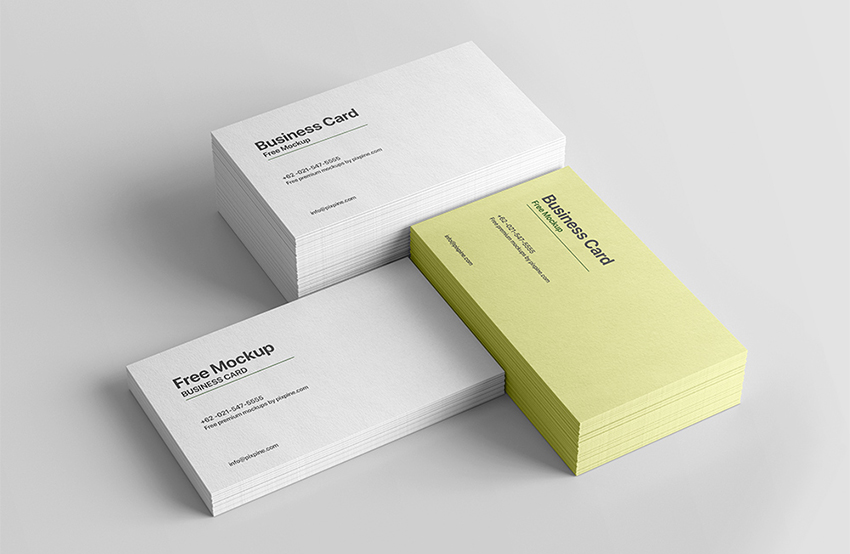
- Plastic:
Plastic cards are widely used in various applications such as credit cards, membership cards, ID cards, gift cards, etc. They are more resistant to wear and tear than paper cards, making them suitable for long-term use. The main plastic card materials are:
PVC: Durable and waterproof, often used for ID cards, membership cards and credit cards.
PETG: PETG is known for its excellent impact resistance and durability, making it suitable for applications where toughness is required.
PLA: PLA is compostable under industrial composting conditions, making it a more environmentally friendly option than traditional plastics.

- Metal:
Stainless steel or aluminium: Used for high-end business cards or promotional items. Metal cards are more resistant to wear and tear and last longer than plastic cards. They offer a unique look and feel, but can be more expensive. The design can be laser engraved, etched or printed in full color to provide a unique visual effect. Metal cards are a premium alternative to traditional paper or plastic business cards
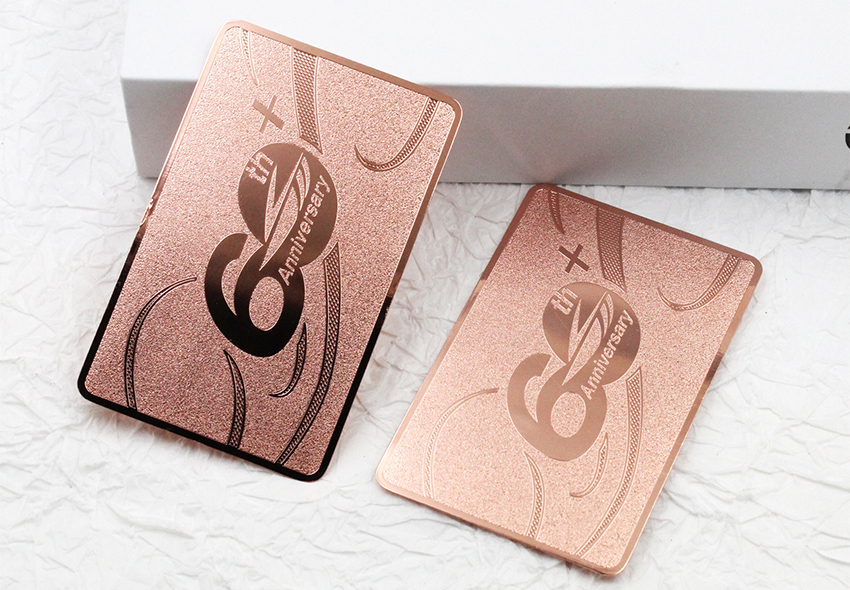
- Wood:
Thin wood chips can be used for unique business cards or promotional items, providing a natural and rustic aesthetic. Wooden cards usually use different types of wood, such as bamboo, cherry wood, maple, etc. Each type of wood has its own unique texture and color.
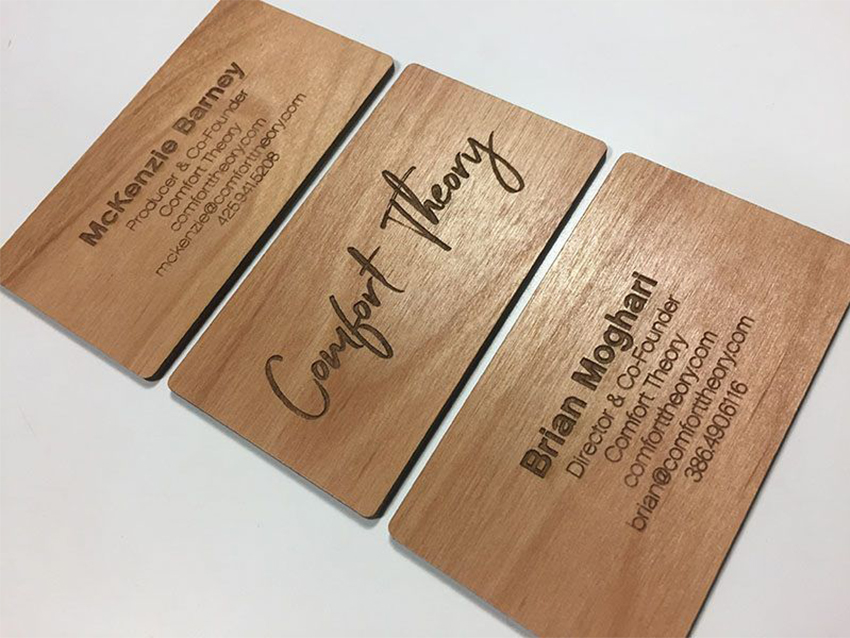
Each material has its own advantages and is chosen based on factors such as durability, cost, aesthetics and the specific application of the card. If you don’t know which card material is suitable for you, don’t hesitate to contact us, HYDcard is always at your service.

